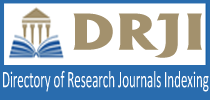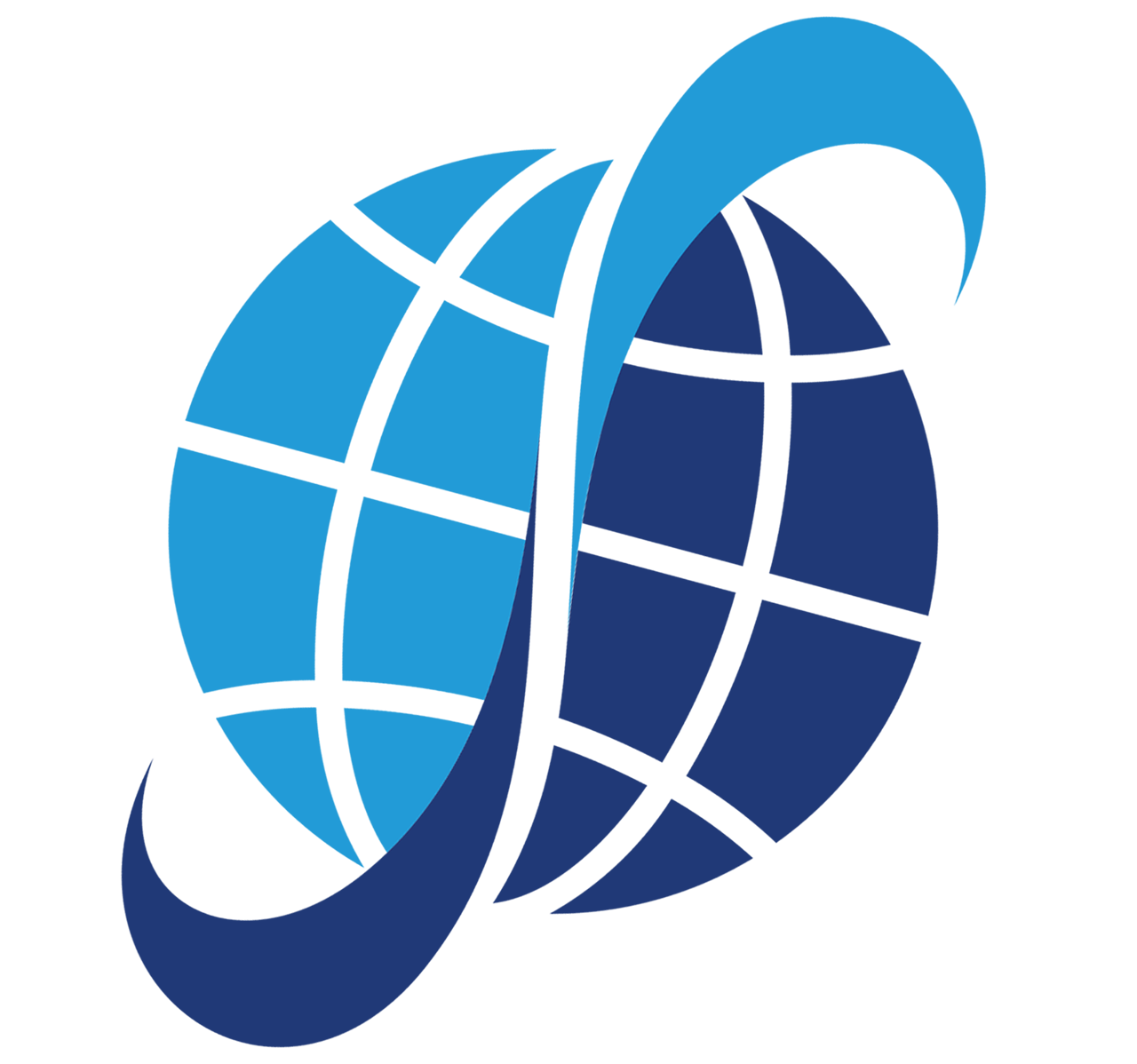
Articles are Open Access and Licensed under a Creative Commons Attribution-NonCommercial 4.0 International License.
Volume: 3 Issue: 2 - 2023
| COVER | |
| 1. | Cover Page Mehmet Þeremet Page 76 Abstract | |
| EDITORIAL | |
| 2. | Editorial Mehmet Þeremet, Emine Cihangir, Kübra Cihangir Įamur Pages 76 - 82 Abstract | |
| FULL ISSUE | |
| 3. | Full Version of the December Issue Mehmet Þeremet Pages 76 - 175 Abstract |
| RESEARCH | |
| 4. | An Ethnographic Research on Slow Food Movement: The Case of Germiyan Village in Įeþme/Ýzmir Merve Zengin, Mehmet Þeremet doi: 10.5505/gpts.2023.46320 Pages 83 - 96 The main purpose of this research is to critically examine the development of tourism in Germiyan Village through the Slow Food Movement and the process of transformation from an agricultural society to a service-producing tourism village from an ethnographic perspective. In this context, the experiences and daily life practices of the local people towards this process are analysed with a qualitative paradigm. Face-to- face in-depth interviews with fourty-two people living in Germiyan village and four months of ethnographic observations between 2018 and 2019 years were utilised to collect qualitative data. Within the scope of this research, various results have been revealed, the most important of which is that the Slow Food Movement makes significant contributions to the development and diversification of tourism and creates important opportunities locally. However, at the point that it cannot be made sustainable as a Slow Food village. It has been concluded that commodified local cultural values override common goals, and the commodity has become a goal rather than a marketing tool. As a result of this situation, it does not comply with the main principles of the Slow Food Movement and is directed towards a failure process which might some people learn some lessons. In order to eliminate this failure process, success examples of the reproduction of the knowledge gained by the local people with their socio- cultural accumulation and its transformation into a sustainable tourism focus have also been identified. |
| 5. | Evaluation of Spatial Change in Cooperative Housing: The Case of Afyonkarahisar Özlem Kurtuluþ, Berna Güį doi: 10.5505/gpts.2023.20592 Pages 97 - 113 Housing, which is affected and shaped by social, cultural, technological and political changes in societies, has become a problem from time to time, and different types of housing have emerged in different periods to solve this problem. Cooperative housing is one of the important solutions offered to this problem. In addition to being a solution to a problem, this type of housing constitutes an important sample in revealing the housing concept of the period. In this study, investigations were made on 20 cooperative houses built between 1970-2000 in Afyonkarahisar, an Anatolian city. In this study, in which the development of cooperative housing in Afyonkarahisar city is compared with other big cities in Türkiye and the concept of privacy under the title of culture is emphasised, the difference in plan typologies is examined with visibility graph analysis. In conclusion, it has been determined that housing cooperatives, which started as a solution to the housing problem, are followed in Afyonkarahisar city with a 20-year difference from Ankara but with similar periods. This study also investigated the concept of privacy through camekan doors and circulation diagrams by analysing the private/public distinction in the floor plans. As a result, it was observed that the use of camekan doors was less common in the housing cooperatives in Afyonkarahisar after 1980, and in the context of the circulation scheme, there was a privatisation not only for guests but also among the users of the house by ensuring the separation of common and private areas. |
| 6. | Competitiveness Analysis of Įiftehan Hot Springs within the Scope of Thermal Tourism Selįuk Avderen, Mehtap Eter doi: 10.5505/gpts.2023.08108 Pages 114 - 125 Thermal tourism, a sub-component of health tourism, plays a significant role in the development of regions, especially in cases requiring physical therapy, with non-surgical, painless, and alternative treatment applications. Therefore, Turkey holds a significant position as a center for thermal tourism. Thermal tourism's independence from seasonal constraints, having a water temperature higher than 20 degrees Celsius, the ability to provide long-term accommodation, and the preference of older tourists for the treatment of rheumatic diseases distinguish thermal tourism from other types of tourism. Therefore, it sets thermal tourism apart and gradually increases the demand for it.This study applies Porter's diamond framework to thermal tourism. The competitive advantage of Įiftehan hot springs in Ulukýþla District of Niðde was tried to be determined by making a competitive analysis. In this context, primary and secondary sources of data were examined. The primary data collection for the study collected between April and May 2023, involving interviews with a total of 20 individuals. These interviews included one representative from 12 tourism businesses, three individuals from the public sector, and five people from local tradesmen in the region. Each interview lasted approximately 45 minutes. Based on the analysis of findings from these interviews, it was determined that Įiftehan's competitiveness in the field of thermal tourism is at a medium level. In conclusion, various recommendations have been proposed to assist Įiftehan in enhancing its competitive edge in the realm of thermal tourism. |
| 7. | Bibliometric Analysis of Articles on Natural Disasters and Tourism Vedat Yiðitoðlu doi: 10.5505/gpts.2023.25743 Pages 126 - 139 The aim of this research is to comprehensively reveal the current status and change of the scientific articles that have taken into account the natural disasters and tourism topics. The results are important for a better understanding of natural disasters in terms of tourism. The data was collected using the keywords "natural disaster*/natural hazard*" and "tourism/hospitality". Bibliometric analysis was performed for data analysis. Different from many bibliometric studies in the literature, Web of Science and Scopus databases, which are the most popular databases, were used together. In this context, the articles were analyzed according to publication year, author, citation, source, country and keywords. At the end of the analysis, it was revealed that there were 722 articles in total and the number of publications increased approximately three times in the last five years. When evaluated in terms of research topics, it was determined that dark tourism, resilience and destination issues have become to the forefront with climate change in recent years. However, it was understood that the number of studies conducted in Türkiye, which is one of the most important countries about natural disasters and tourism, is very limited. Based on the findings, some implications have been provided for researchers, central administrators and representatives of the tourism sector. |
| 8. | Determination and Comparison of the Land Cover Types in the Aegean Region According to Globalcover 2021 and Corine 2018 Data Mehtap Bayrak doi: 10.5505/gpts.2023.73745 Pages 140 - 157 Landforms in the Aegean Region vary in the west-east and north-south directions at short distances. The difference in morphological structure has diversified the land cover and revealed different land use types. Global, regional and local factors affecting land cover have also shown variability in the Aegean Region. Physical factors (geology, geomorphology, climate, hydrography, hydrography, soil properties and vegetation cover) are effective on land cover distribution and ecological factors, socio-economic characteristics and anthropogenic variables of human origin are also effective on land cover distribution. In this study, the land cover distribution characteristics in the Aegean Region were determined by using the WorldCover satellite data produced by the European Space Agency (ESA) and the 2018 CORINE data prepared by the European Environment Agency (EEA), and a comparison was made in two different land cover types prepared from separate databases. Since the WolrdCover data was prepared from the Sentinental-2 satellite image with a resolution of 10 metres, it was preferred in terms of detailing the distribution of land cover. This study was prepared to determine and comparatively analyse the land cover relationship based on satellite images produced from different databases. Factors affecting land cover types were tried to be explained. As a result of the analyses, it was observed that the numerical results of two different data used in determining the land cover types of the Aegean Region were not harmonised on the basis of region and provinces. The different resolution of the two data and the difference in the number of land cover types determined caused the spatial distribution of the land cover in the numerical outputs and maps to differ. Geomorphology, climate, hydrography and population characteristics, especially geomorphology, have been effective in the distribution of land cover types in the region. |
| REVIEW | |
| 9. | Regional Success of Turkish Tv Series in Promoting Turkey Eser Įapýk, Murat Ali Dulupįu doi: 10.5505/gpts.2023.46855 Pages 158 - 175 As the most important TV series exporter in the world after the USA, Türkiye's TV series exports have reached a wide geography extending from the Middle East to Europe, from Africa to South America in recent years. High production value, intense and often exciting stories, brave storytelling that deals with universal themes such as family, friendship and love, thoughtful content that resonates with audiences beyond geographical borders, high production quality, a chain of events that keep the audience's curiosity alive, the synergy created by the actors coming together, the design of the characters, and the emotional touch of the series can be considered as the reasons for the success of Turkish TV series. While Turkish TV series have become very popular especially in the Middle East, the Balkans and Asian countries where the Turkish language is spoken, they have also established proximity with many different regions through historical relations, common traditions and shared cultural identities. As a matter of fact, Türkiye has succeeded in becoming an important tourism centre through Turkish TV series, which are born out of Türkiye's culture, leave a deep impact on many geographies near and far with different cultures, and create an East-West synthesis.In this study, which utilizes literature review as one of the qualitative research methods, the success of Turkish TV series is discussed in four different regions in detail and the impact of the regions where the TV series are exported on the country's tourism is evaluated. In this respect, the study has the feature of shedding light on other studies. |











